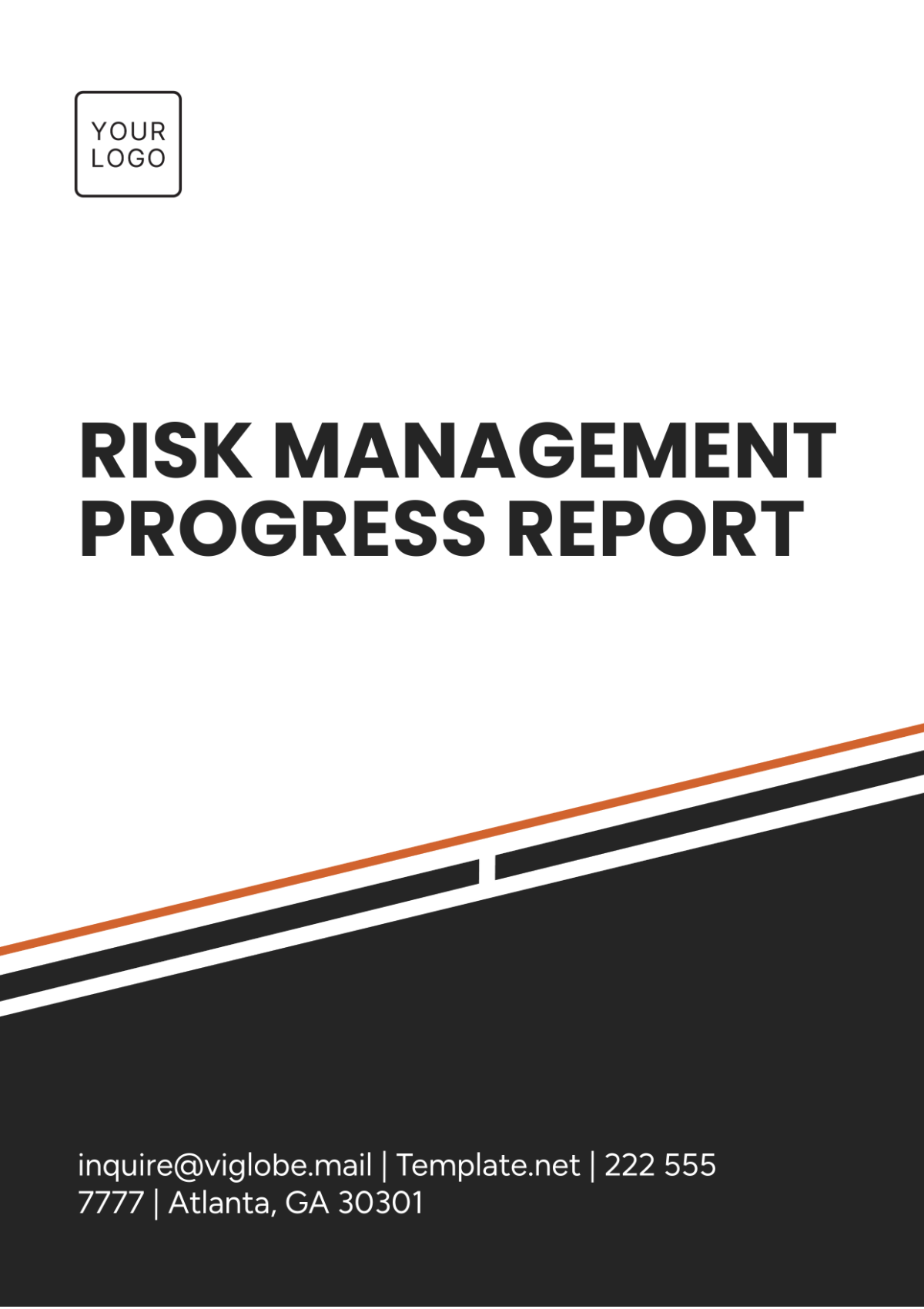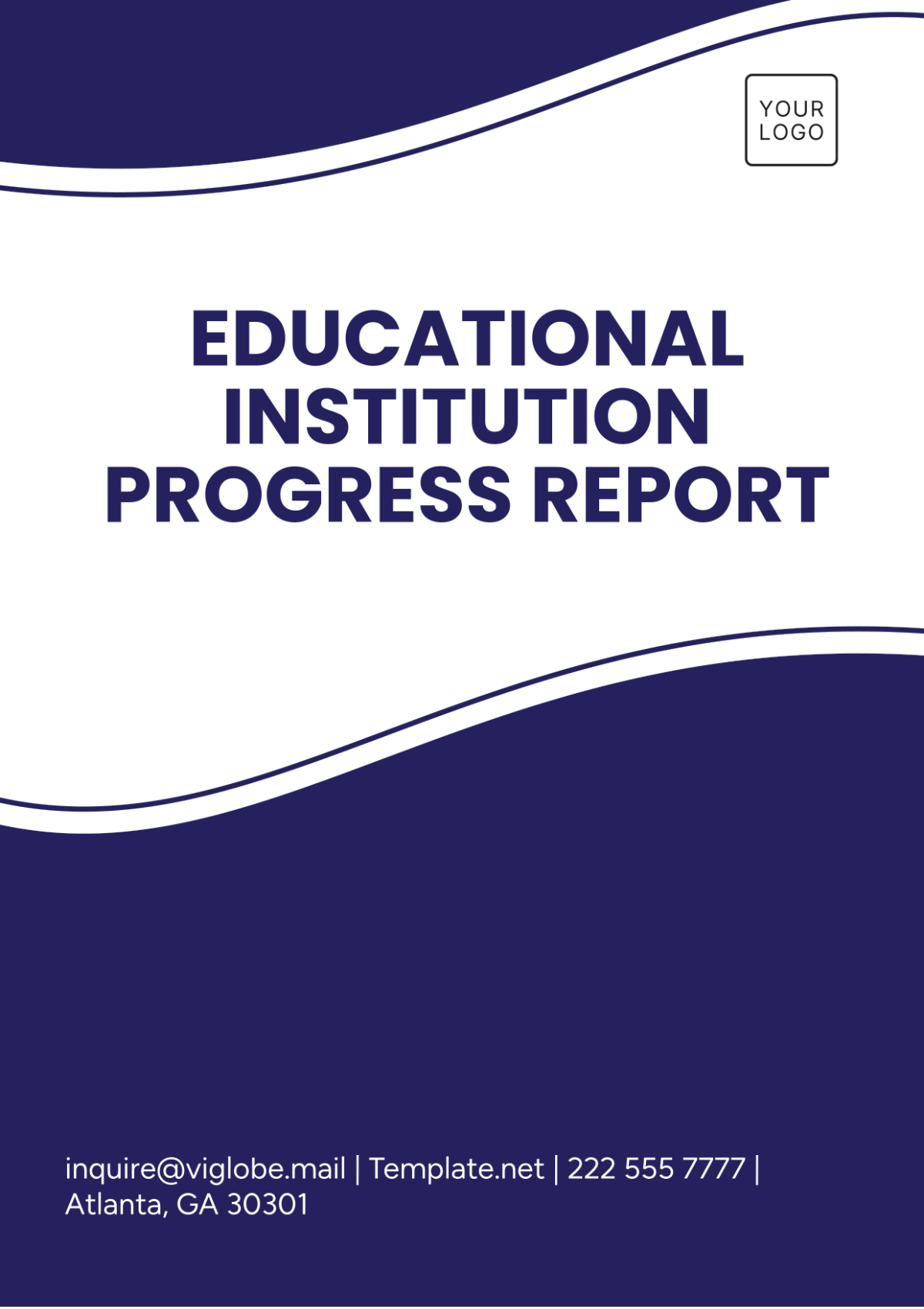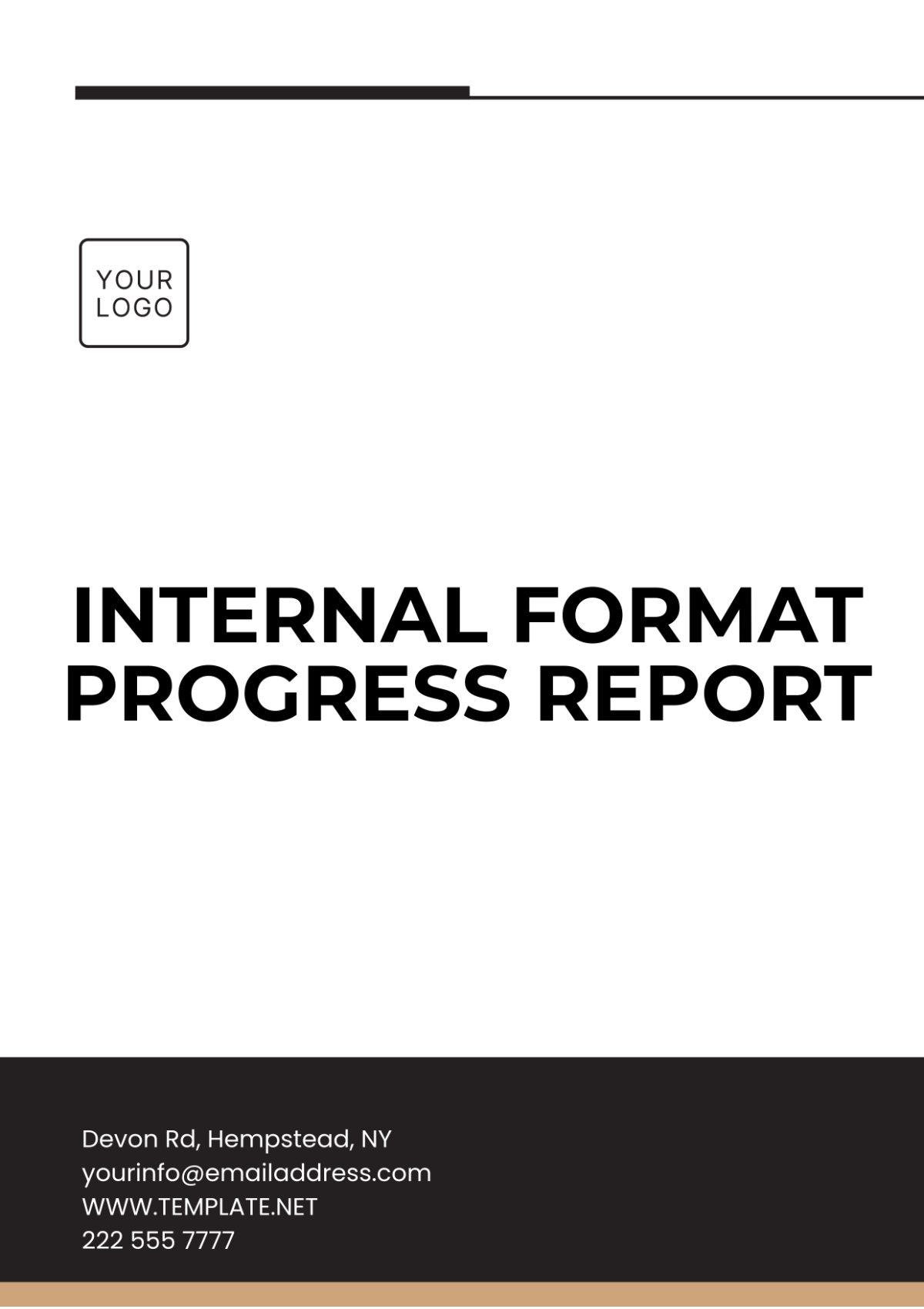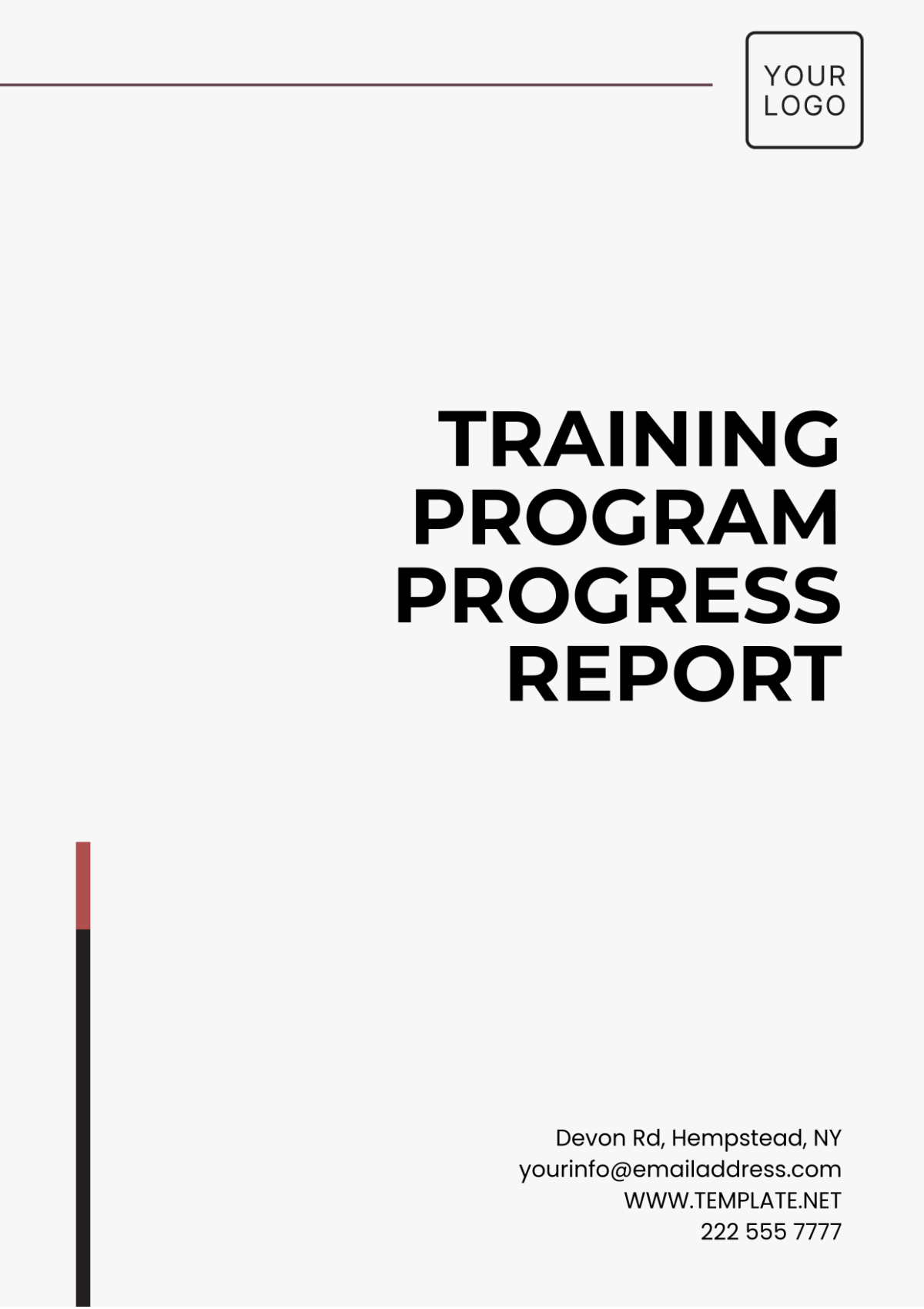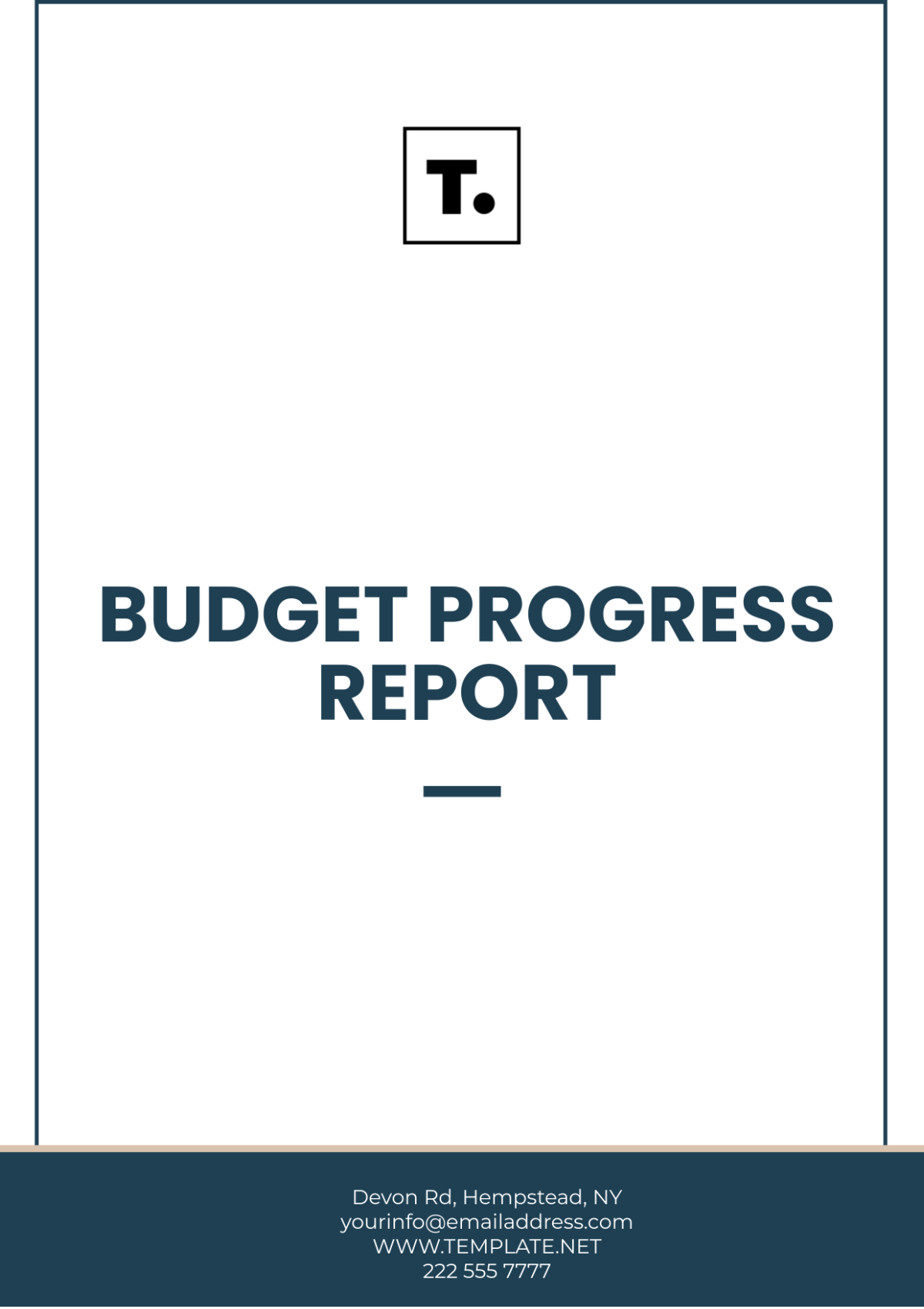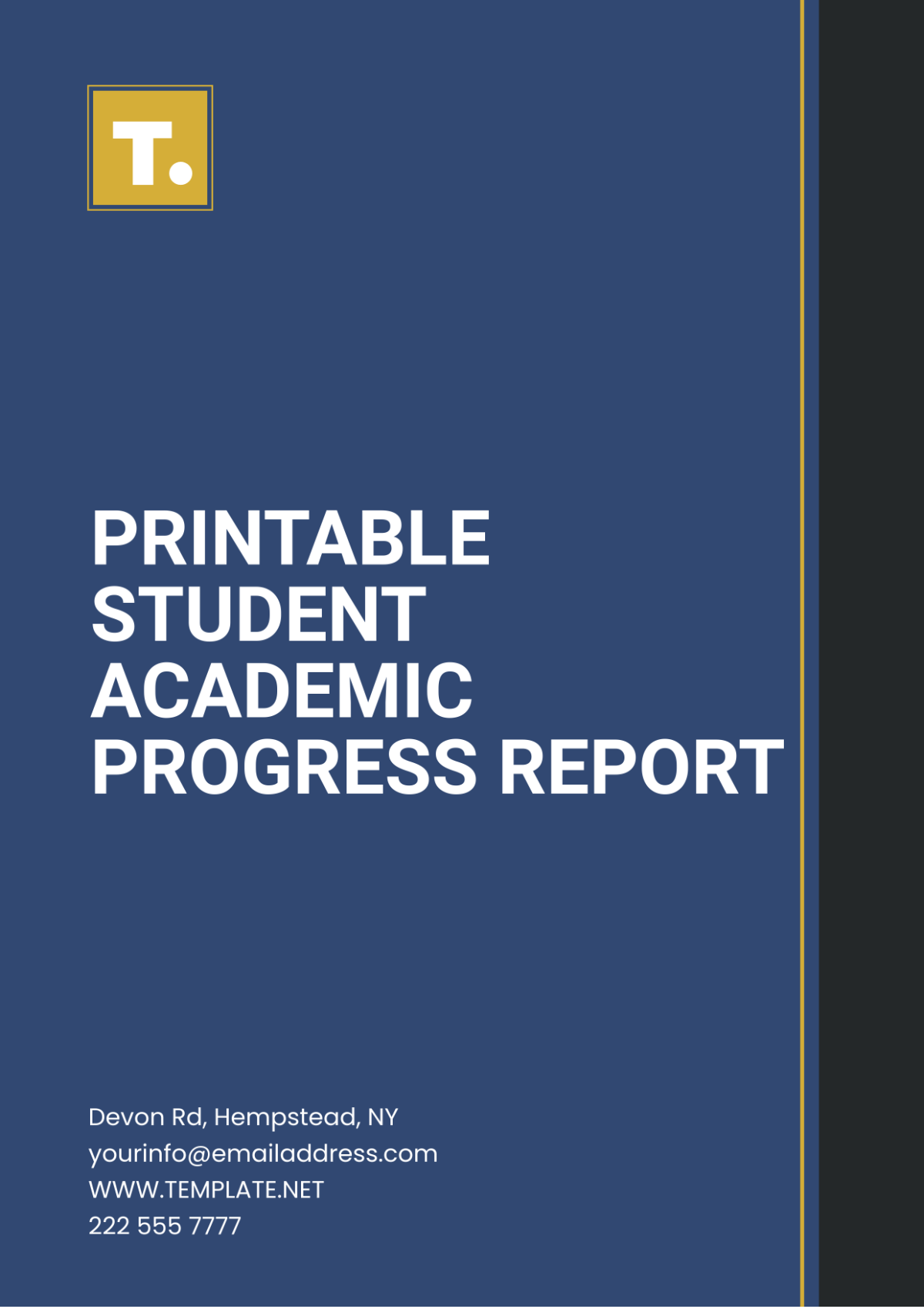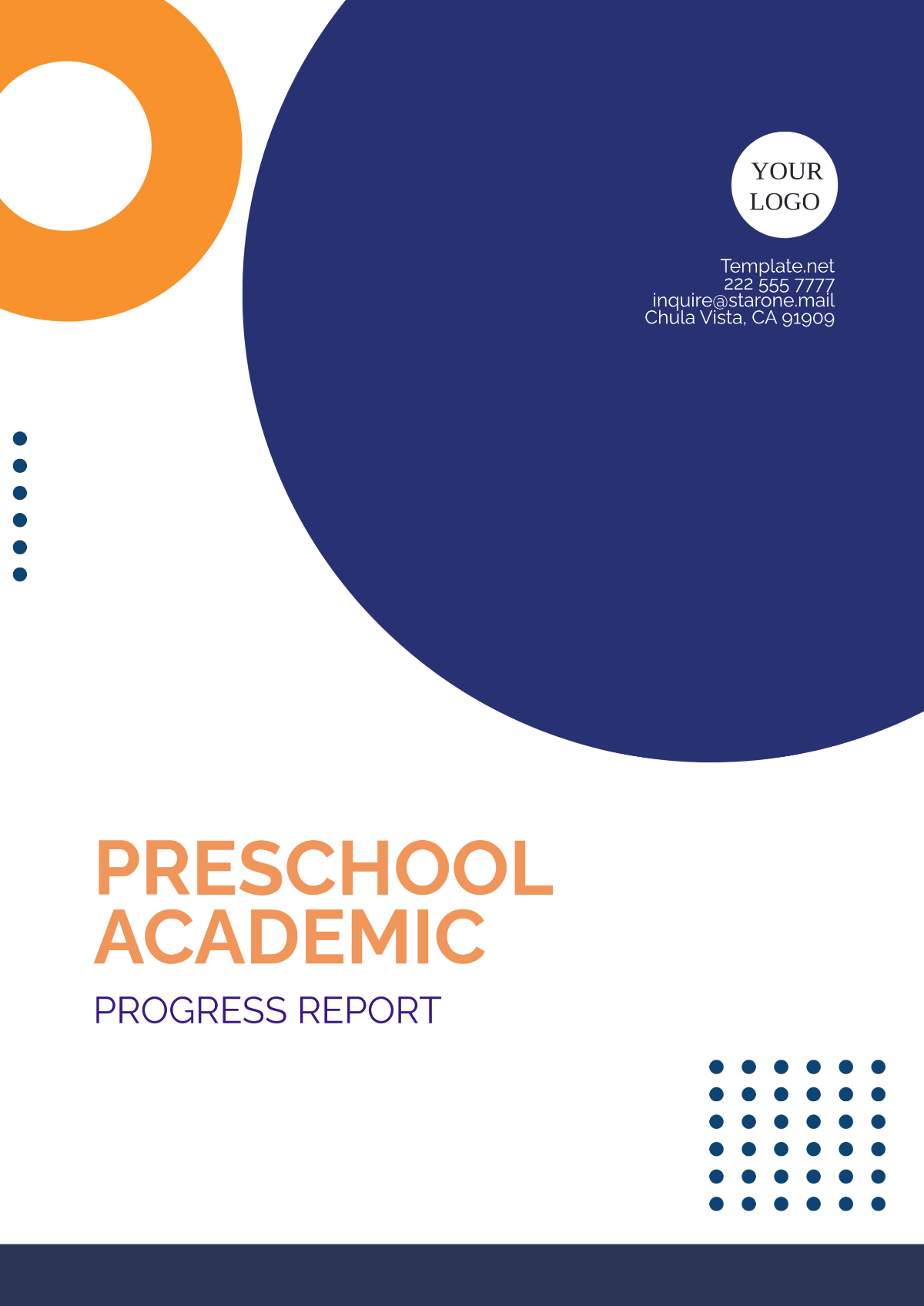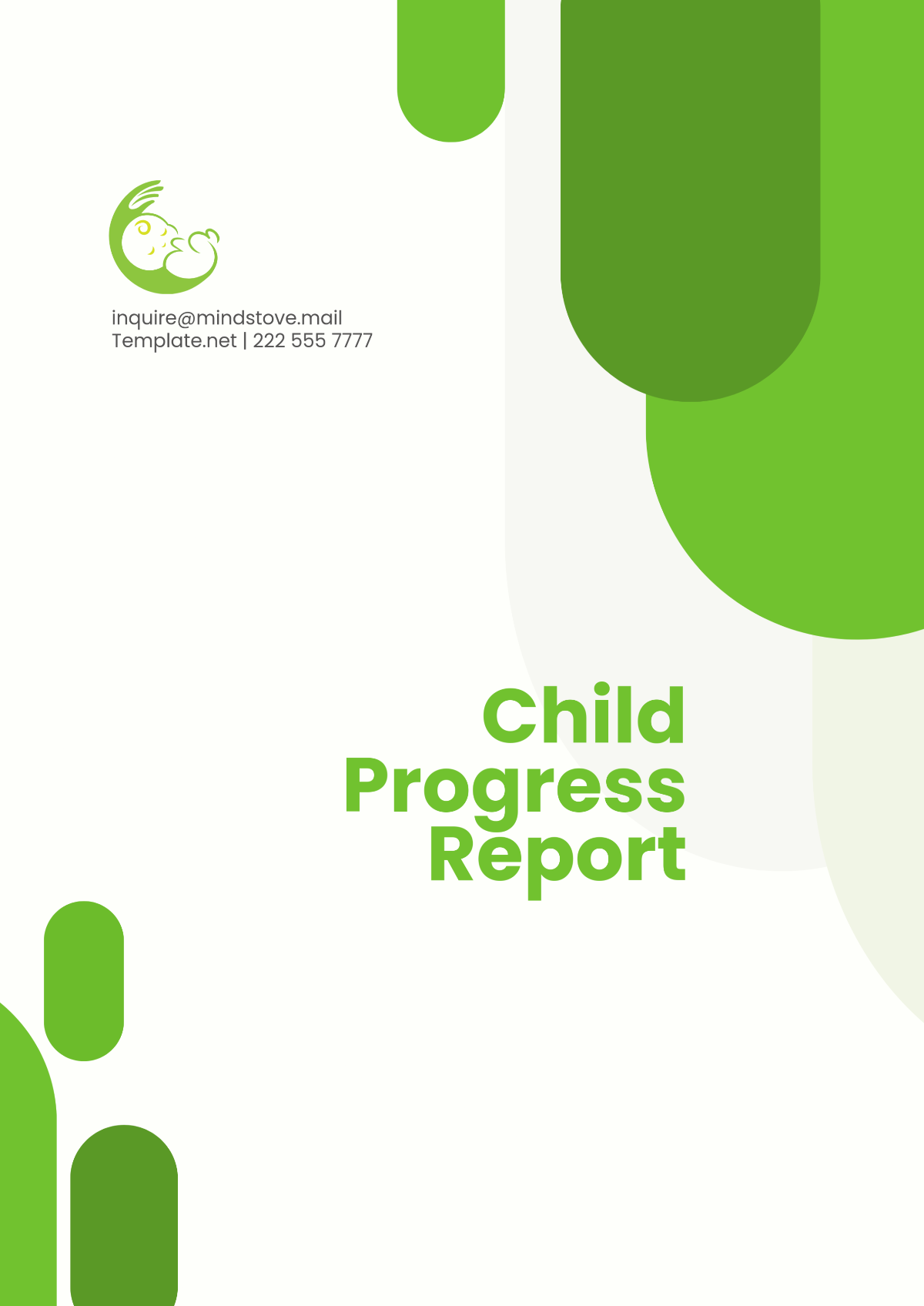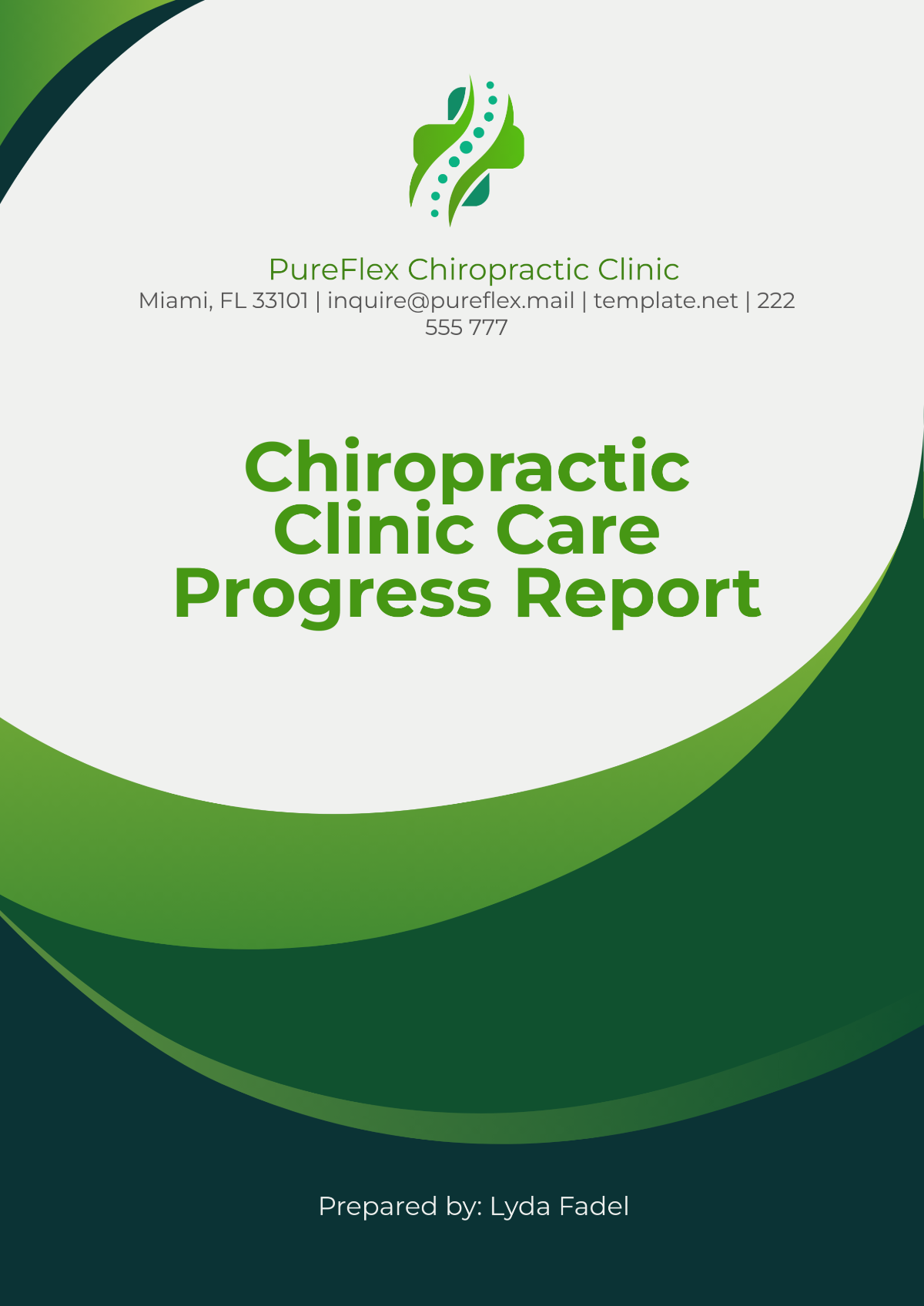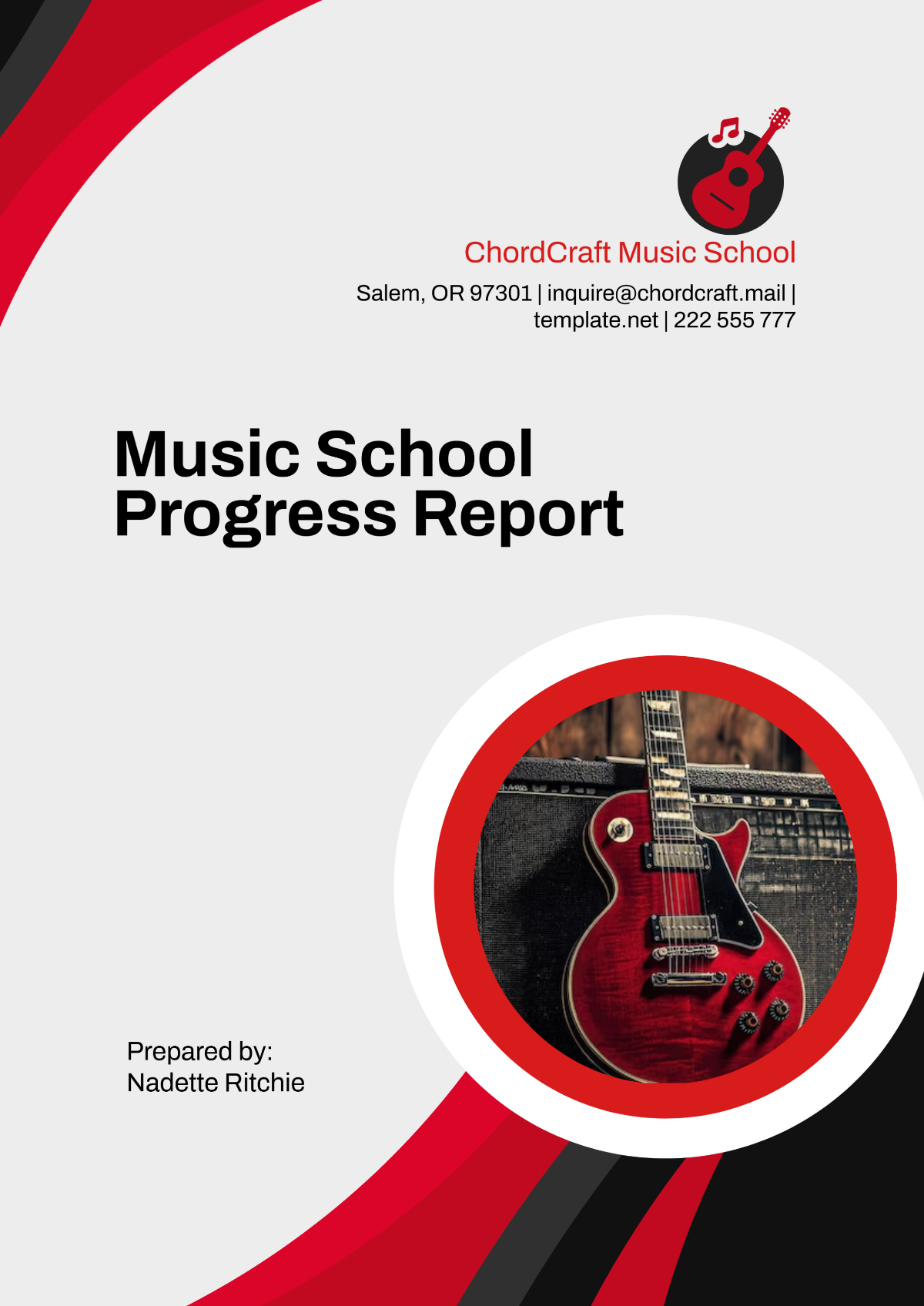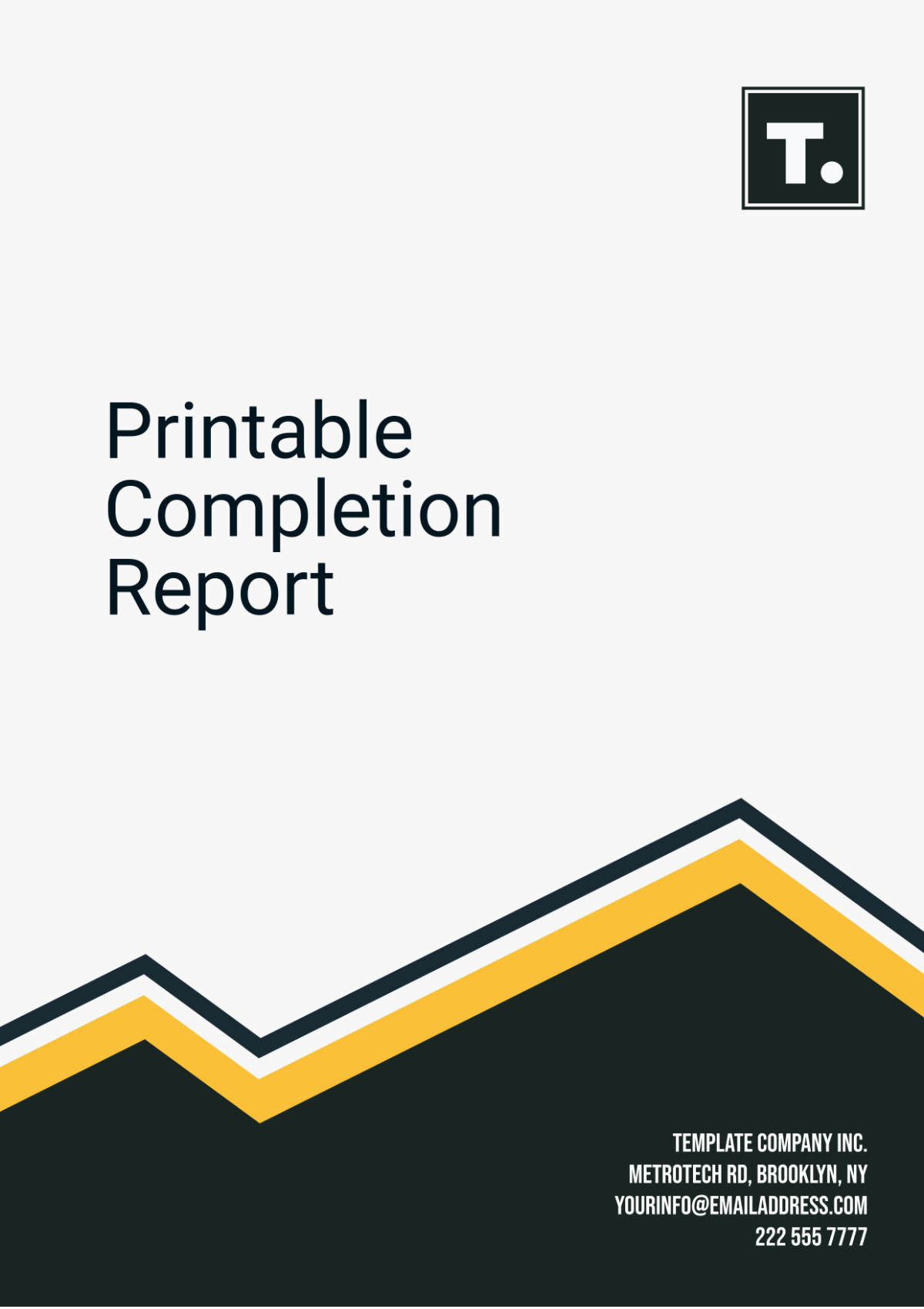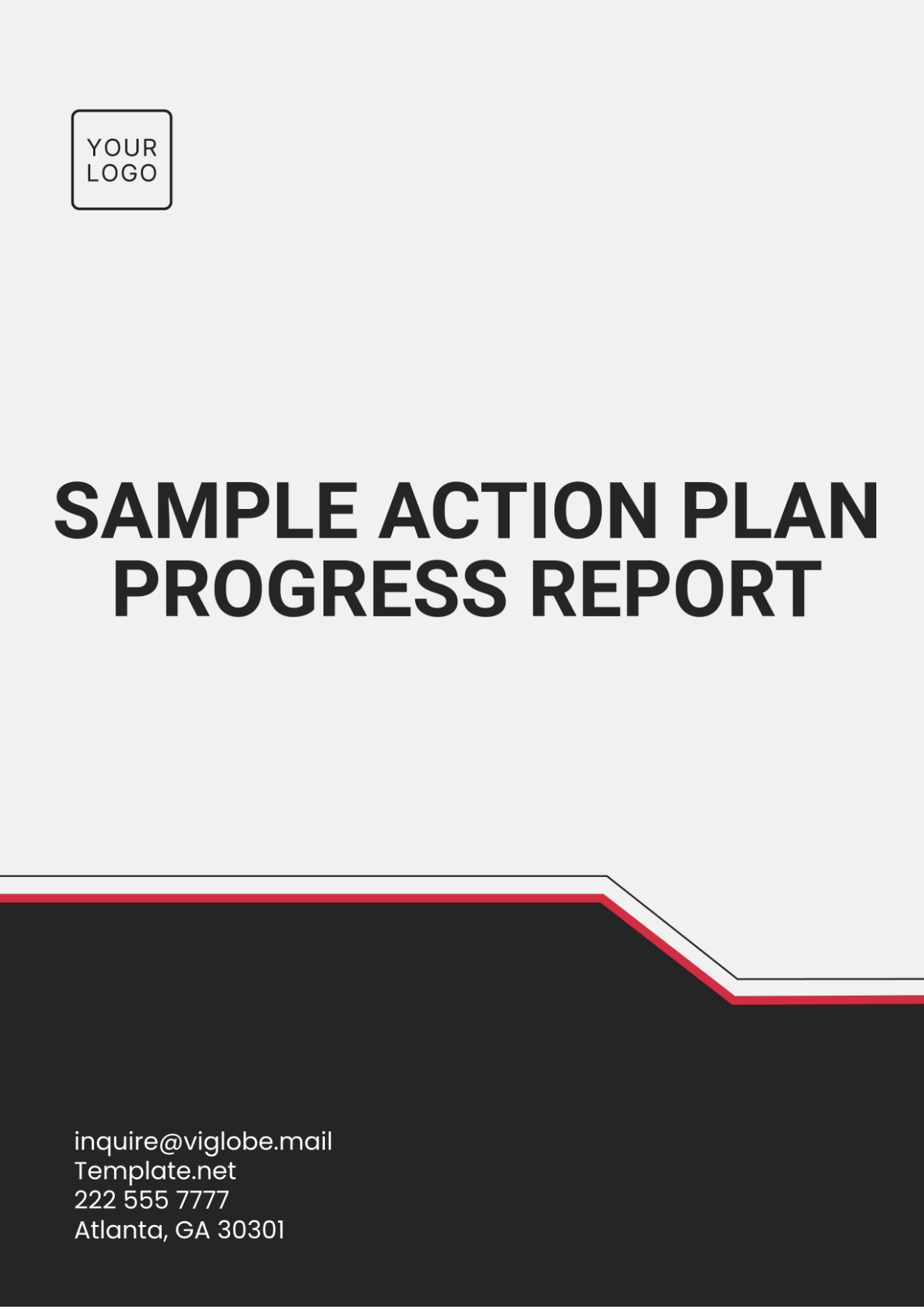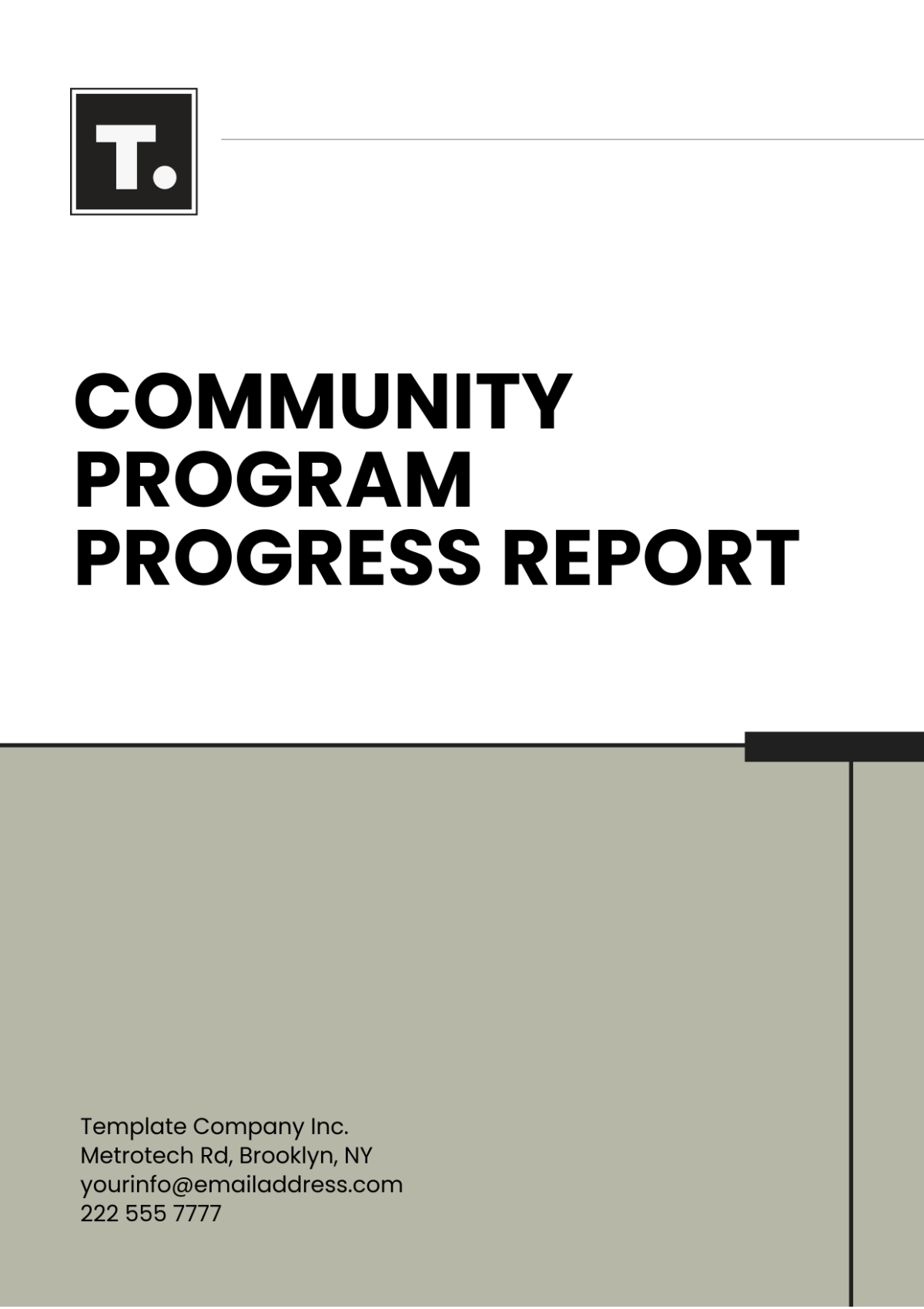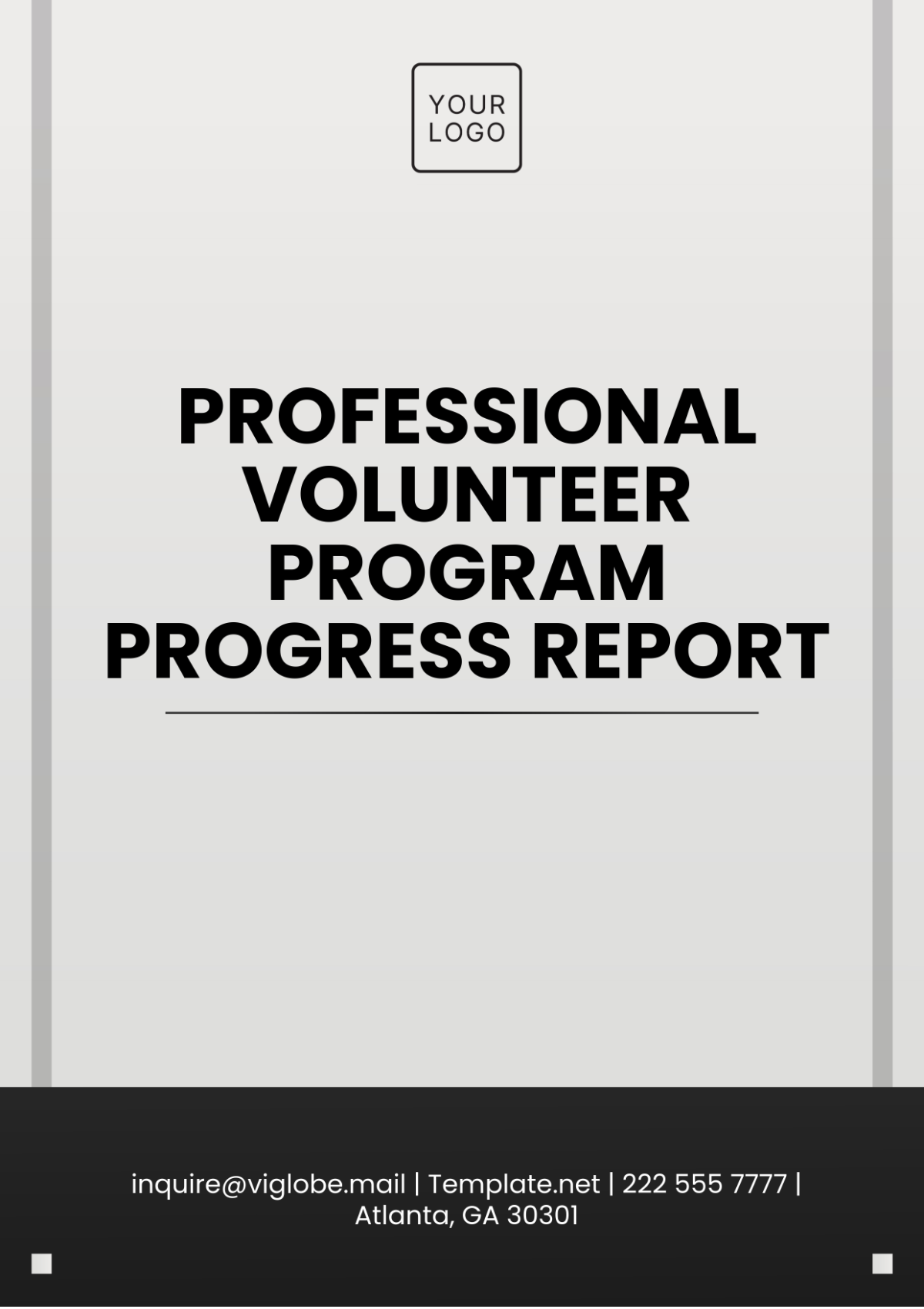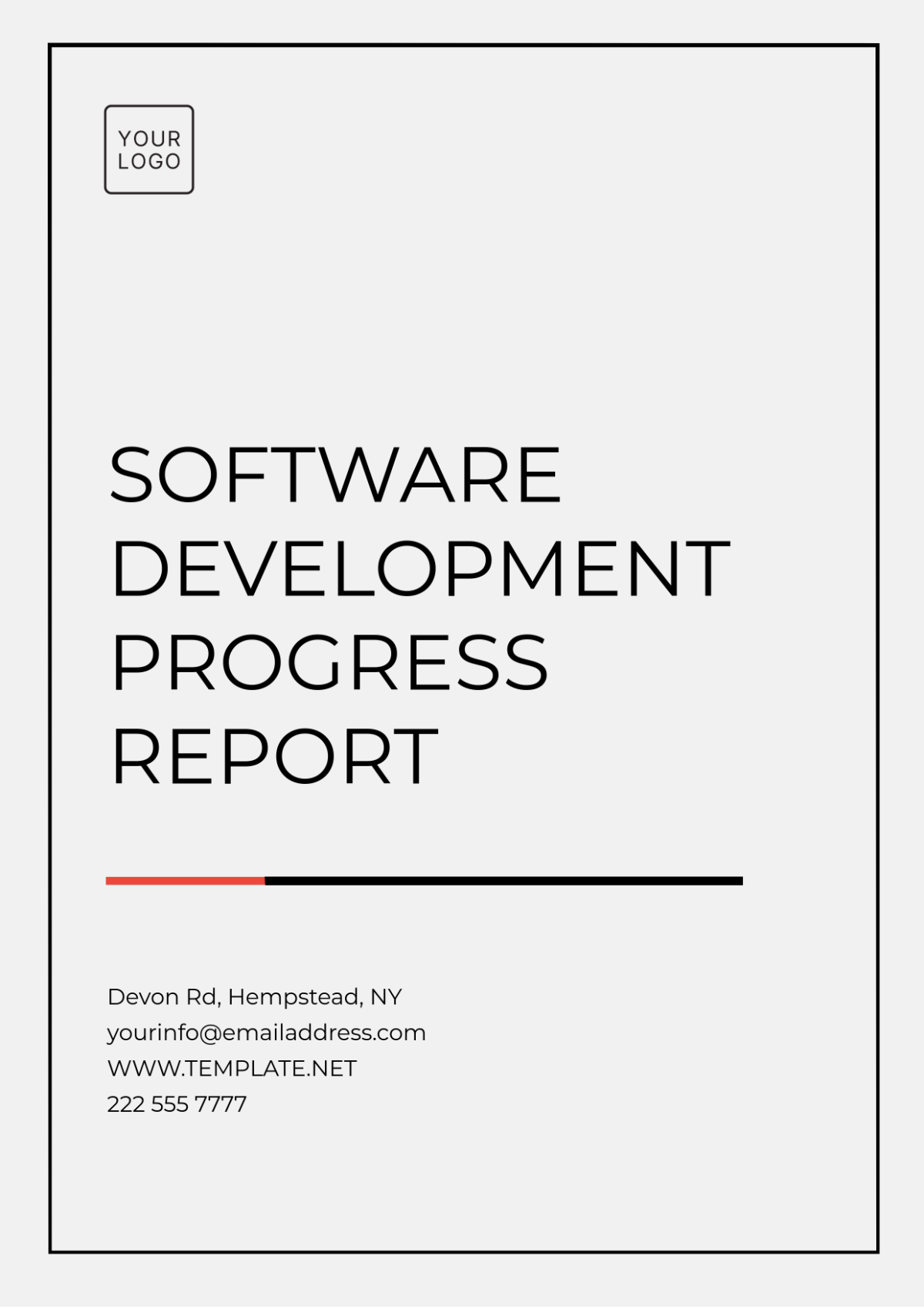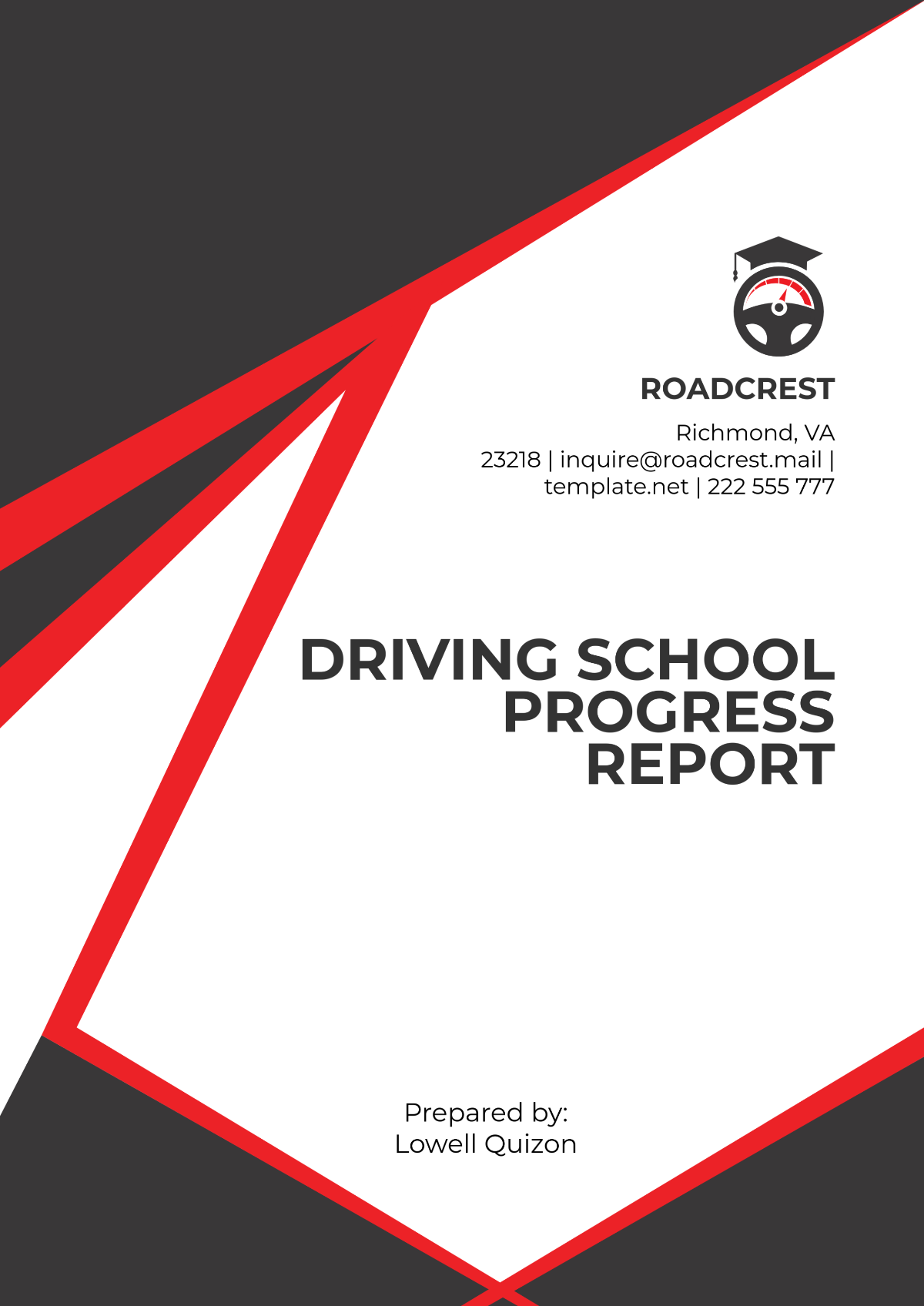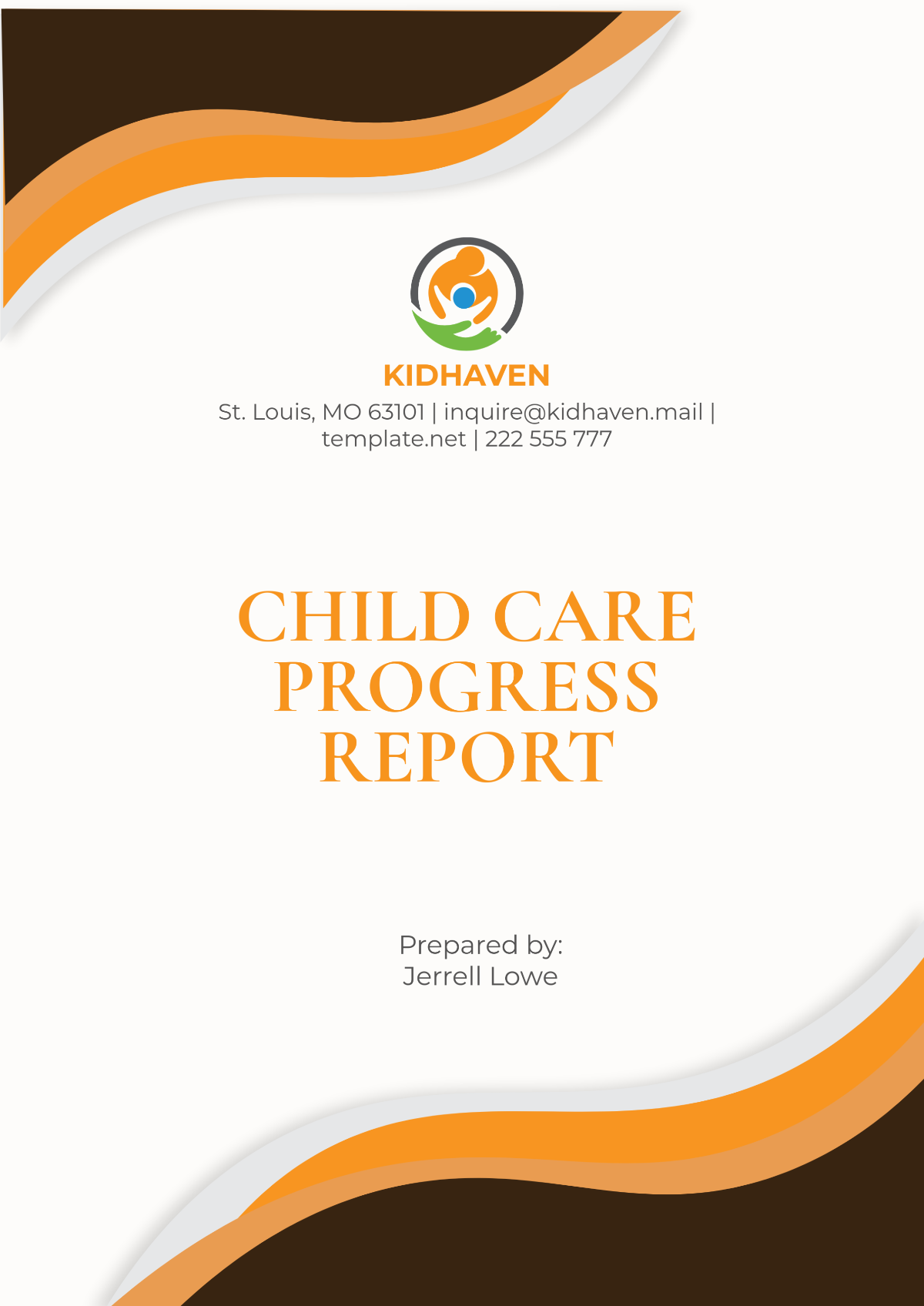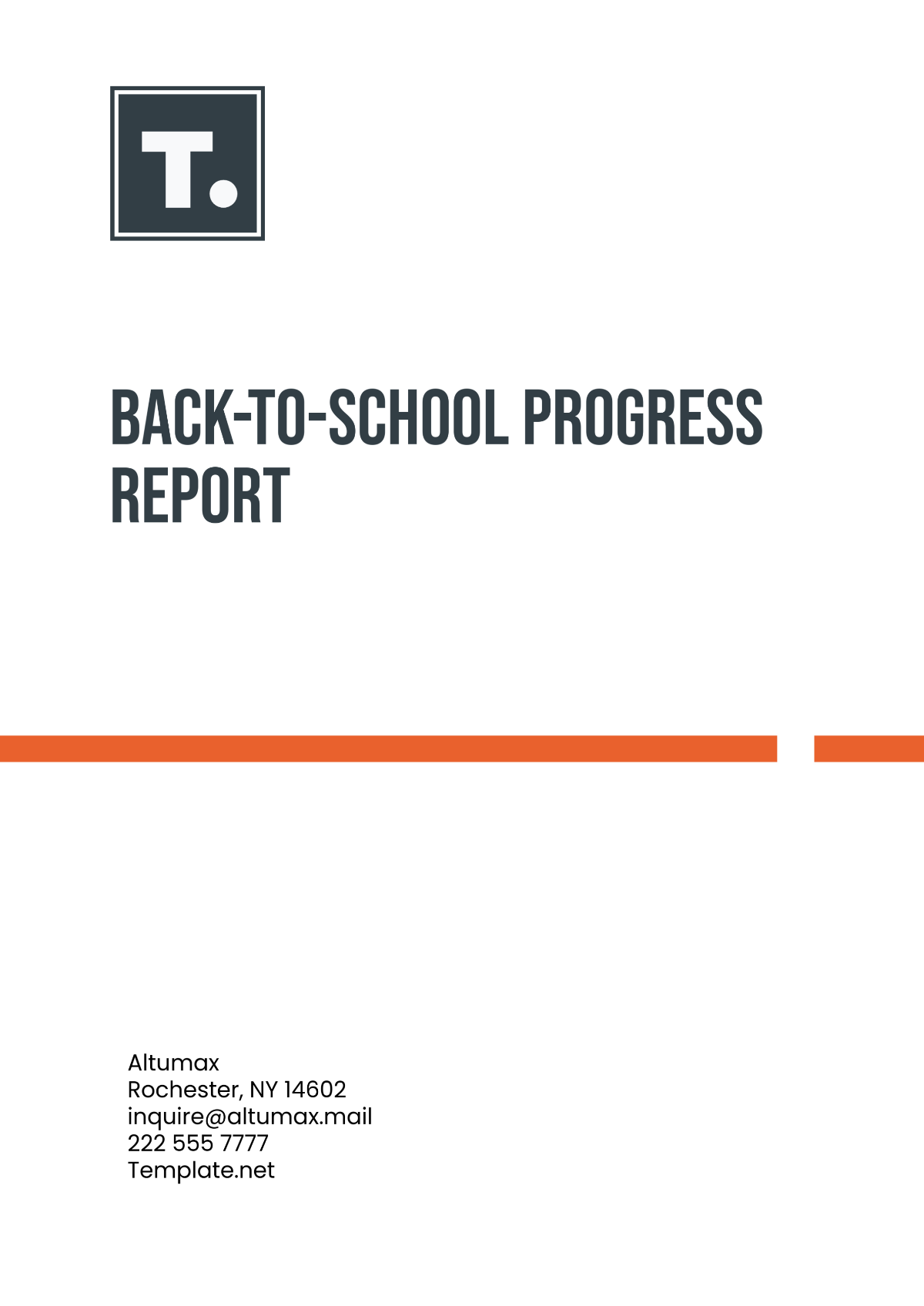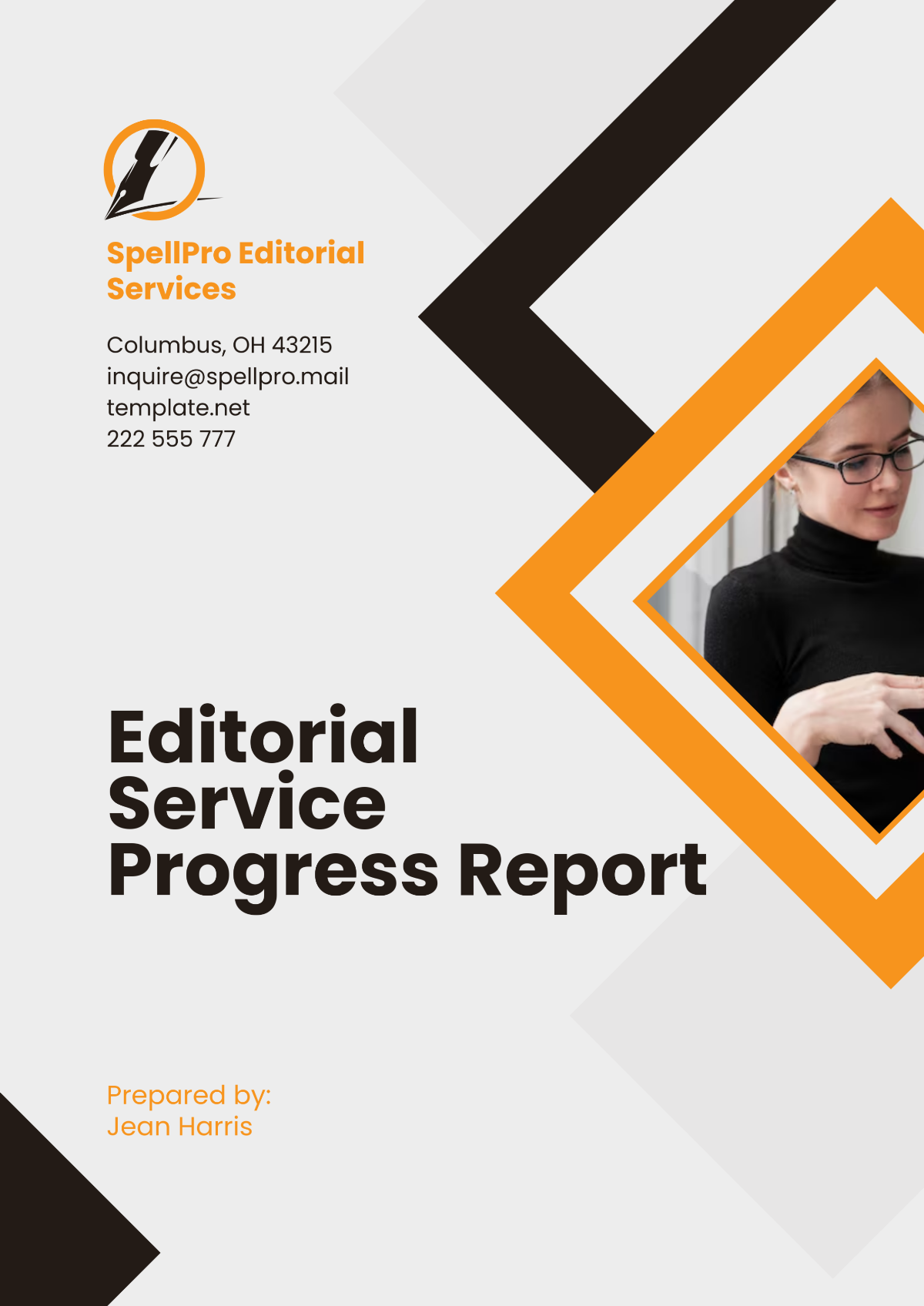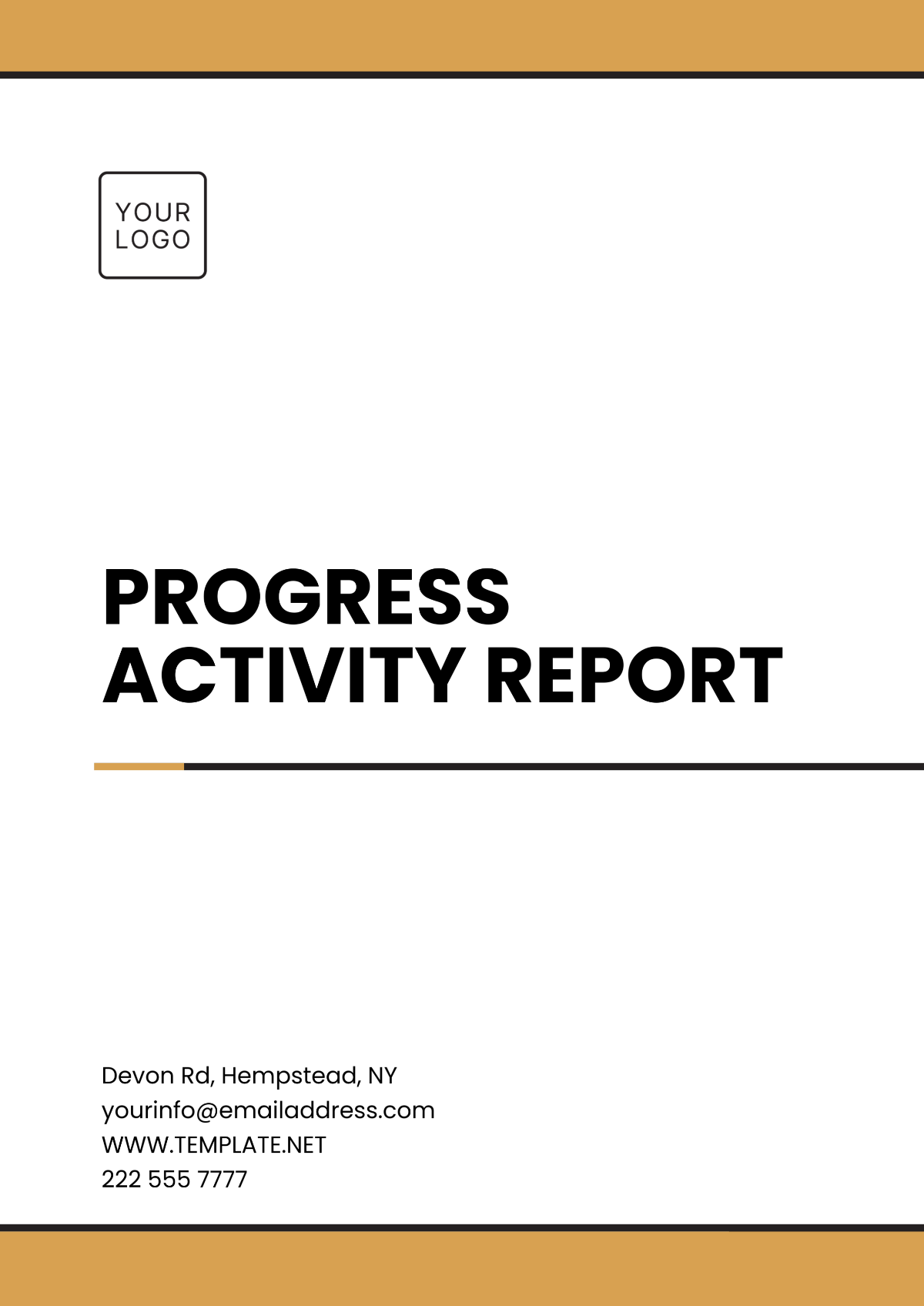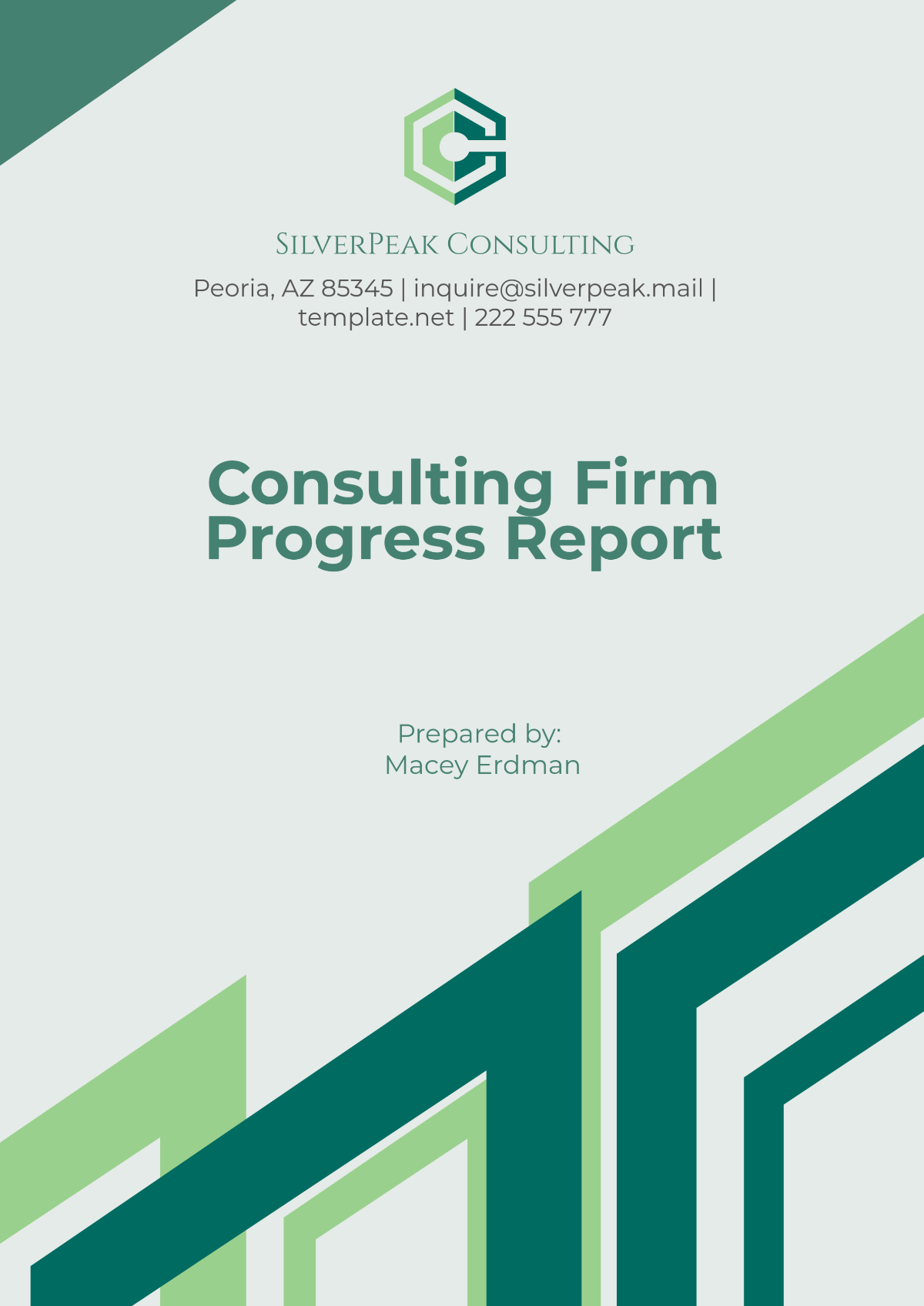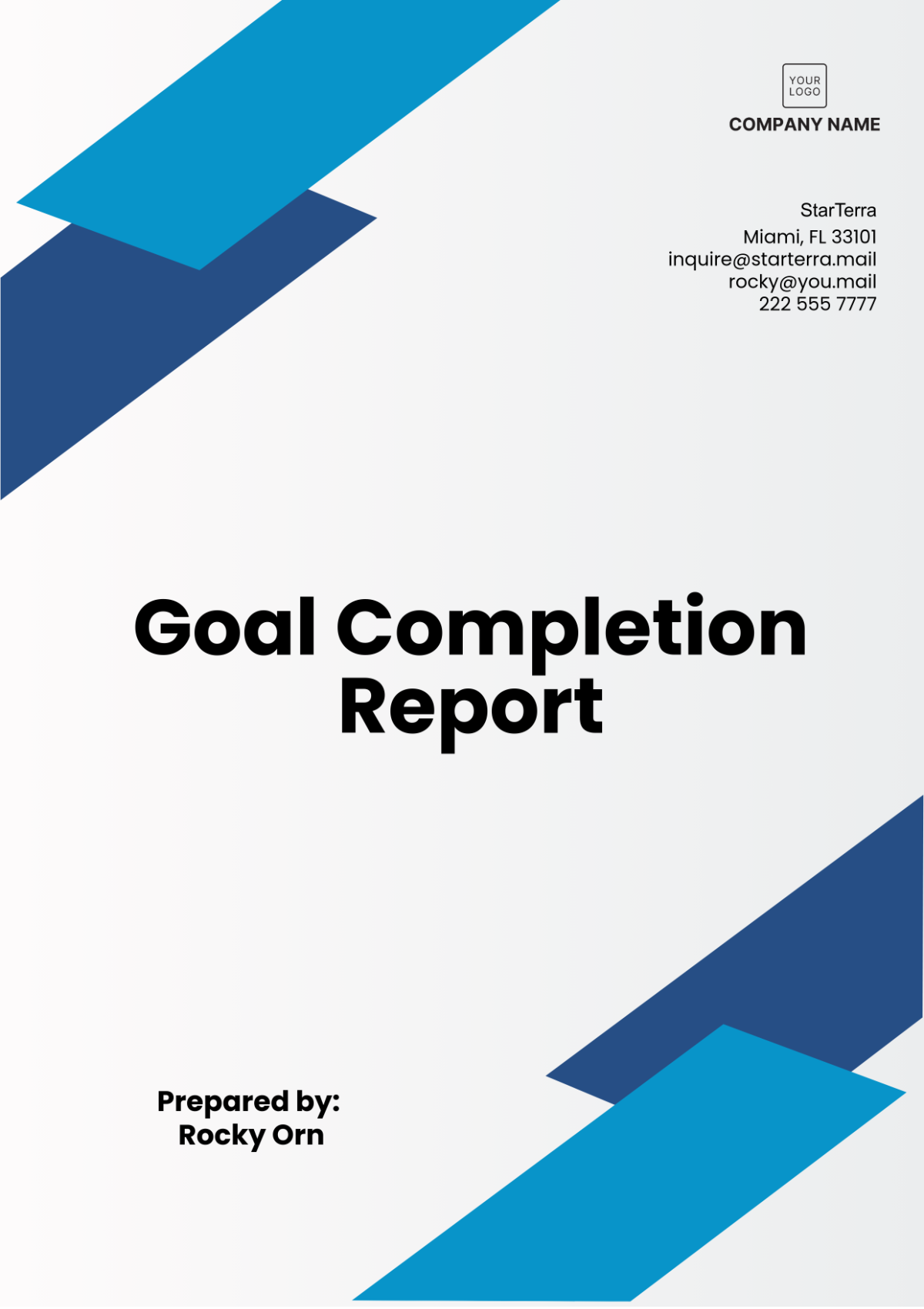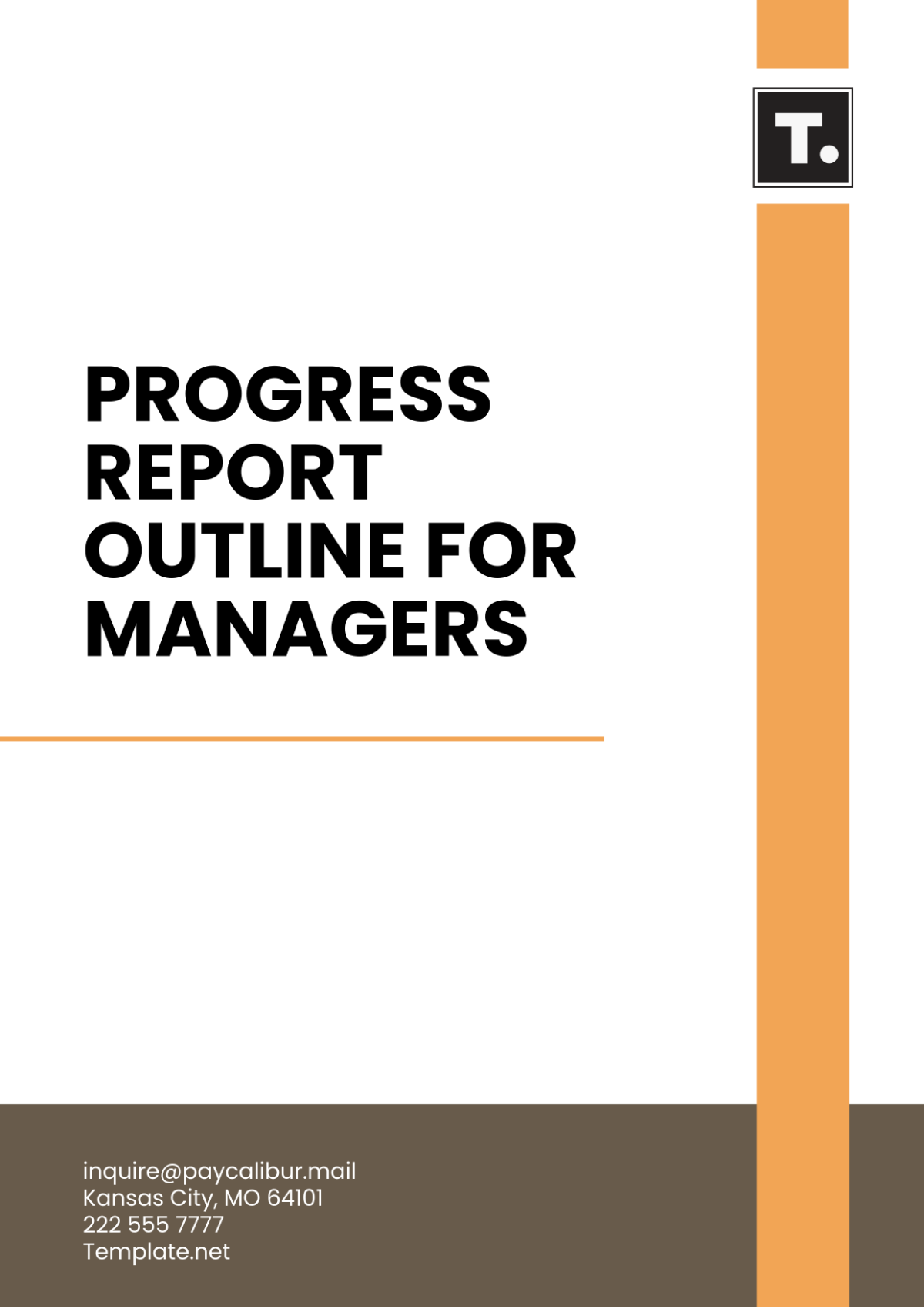Driving School Progress Report
I. Student Information
Student Name: | [Student Name] |
Age: | 18 |
License Type: | Learner’s Permit |
Student ID: | [Student Number] |
Contact Email: | [Student Email] |
Instructor's Name: | [Your Name] |
[Student Name] enrolled in the beginner's driving course on September 25, 2049, aiming to acquire the skills necessary for independent driving. The student is an 18-year-old with no prior driving experience but has demonstrated a strong commitment to learning. They completed the theoretical component of the course before starting practical lessons, excelling in safety and traffic laws.
II. Lesson Overview
Lesson | Date | Duration | Focus Area |
|---|---|---|---|
Lesson 1 | October 1, 2049 | 1.5 hours | Basics of vehicle operation |
Lesson 10 | November 15, 2049 | 1.5 hours | City driving techniques |
Lesson 20 | January 5, 2050 | 1.5 hours | Highway and advanced skills |
The student completed 20 lessons over three months, totaling 30 hours of practical instruction. Lessons were tailored to cover all essential skills, progressing from basic vehicle operation to more advanced techniques. Each session included pre-lesson briefings and post-lesson evaluations to identify areas for improvement.
During the early lessons, emphasis was placed on developing foundational skills such as starting, stopping, and steering. As the student became more confident, training shifted toward navigating intersections, adhering to road signs, and maintaining road awareness. By the final sessions, the student was introduced to highway driving, lane changes, and merging in traffic.
III. Skill Assessment
A. Vehicle Control
Starting and Stopping
The student has mastered smooth vehicle starts under various conditions, including on inclines. Stopping is generally consistent, though minor abrupt stops occur during heavy traffic scenarios. Improvement in timing and anticipation of braking situations has been noted since the first lesson.
Steering and Handling
The student demonstrates proper hand positioning and can navigate curves and sharp turns with precision. Occasional oversteering is observed during U-turns, which will be addressed with targeted practice. Steering on narrow roads and during parking maneuvers is steadily improving.
Smoothness of Transitions
Transitioning between acceleration and braking has improved significantly, with the student achieving smooth shifts during most scenarios. Some jerky motions were noted during high-pressure situations, such as stop-and-go traffic. Practice on maintaining composure and gradual acceleration is ongoing.
B. Road Positioning
Lane Management
The student maintains a centered position in their lane on highways and city streets. However, during busy traffic, slight drifting when adjusting to the flow of traffic has been observed. Practicing lane discipline on roads with higher vehicle density will help address this.
Proper Use of Mirrors
Mirror usage has become a consistent habit, particularly before turning or merging. Occasionally, the student forgets to perform a final mirror check during quick lane changes. Regular reminders and reinforcement have been effective in improving awareness.
Understanding Blind Spots
The student recognizes the importance of checking blind spots but still hesitates during lane changes in high-speed traffic. Additional training in real-life scenarios, including on highways, will strengthen this critical skill.
C. Traffic Laws and Regulations
Understanding of Road Signs
The student identifies regulatory, warning, and informational signs correctly, with a 95% success rate during assessments. Temporary signs, especially those in construction zones, are less familiar and will be included in future lessons. Continuous exposure to varying traffic scenarios has strengthened the student's theoretical knowledge.
Compliance with Traffic Signals and Speed Limits
The student consistently follows traffic signals and speed limits but occasionally struggles with adapting speed in school zones and unfamiliar areas. This has improved with focused attention on scanning for speed limit changes. Regular reinforcement of speed awareness has contributed to overall compliance.
Yielding and Right-of-Way
The student has shown improvement in yielding at intersections and understanding right-of-way rules. However, minor hesitation is still observed in roundabouts and multi-way stops. Repeated practice and simulated scenarios have helped build confidence.
D. Parking and Maneuvering
Parallel Parking
The student now performs parallel parking with minimal guidance, completing the maneuver in three steps on average. Occasionally, the student parks too close to the curb or too far from other vehicles. Frequent practice during lessons has reduced these errors significantly.
Angle and Perpendicular Parking
Parking in angled and perpendicular spaces has become proficient, even in crowded parking lots. The student occasionally misjudges the alignment of the vehicle in tight spaces. Refinement exercises will focus on parking under time constraints and in high-pressure situations.
Reversing/Backing Up
Backing up is steadily improving, with the student demonstrating better spatial awareness around obstacles. Challenges remain in maintaining straight lines while reversing long distances. Further practice will focus on integrating mirror usage and steering precision.
E. Driving in Different Environments
Urban/City Driving
The student navigates city roads well, demonstrating awareness of cyclists, pedestrians, and traffic signals. Hesitation occurs at busier intersections, particularly during left turns. Additional practice during peak traffic hours will help improve confidence.
Highway Driving
The student has successfully merged onto highways and maintained appropriate speeds for long distances. Lane changes in high-speed traffic require more practice, especially during dense traffic conditions. Continued focus on merging and exiting highways smoothly is planned.
Adverse Weather Conditions
The student has driven in light rain but has not yet experienced heavy rain or snow conditions. Future lessons will include simulated scenarios for adverse weather driving to ensure preparedness.
F. Safety and Defensive Driving
Seatbelt Use
The student consistently ensures their own seatbelt is fastened and reminds passengers to do the same. This habit reflects their growing sense of responsibility as a driver. Additional safety behaviors, such as securing loose items in the vehicle, are being encouraged.
Use of Turn Signals
Turn signal usage is accurate and timely in most situations, though occasional lapses occur during sudden maneuvers. Emphasis on maintaining consistency in signaling, even in stressful situations, has been effective.
Following Distance and Speed Control
The student generally maintains a safe following distance but occasionally reduces it during stop-and-go traffic. Reinforcing defensive driving techniques and reaction time exercises has shown gradual improvement.
IV. Performance Evaluation
The student’s overall performance has been rated as Good, with significant improvement observed across all key driving skills. They have demonstrated a solid understanding of traffic laws, consistent vehicle control, and the ability to navigate both urban and highway environments. However, minor hesitations during high-traffic scenarios and occasional lapses in parking precision indicate areas that require additional attention. With focused practice and continued support, the student is on track to meet the necessary standards for independent driving and the driving test.
V. Summary of Progress
The student has made substantial progress, transitioning from a beginner to a confident driver capable of navigating urban and highway environments. They have consistently improved in key areas, including vehicle control, traffic law adherence, and defensive driving techniques. While some challenges remain in high-pressure scenarios and advanced maneuvers, their commitment to learning and steady improvement suggest readiness for independent driving. With additional practice in specific areas, they are well-prepared to take the driving test and develop into a responsible driver.
VI. Recommendations for Further Training
To further enhance the student’s driving skills, it is recommended to focus on the following areas:
Blind Spot Awareness
Regular drills to reinforce the habit of checking blind spots during lane changes and merges, especially on highways. Using both real-world scenarios and simulated exercises will provide a safe environment for improvement.
Confidence in High-Traffic Scenarios
Practice sessions during peak traffic hours to develop quicker decision-making and adaptability. Encouraging the student to remain calm under pressure will build their confidence.
Adverse Weather Training
Simulated lessons in wet or snowy conditions to prepare the student for real-life challenges. This will include managing reduced visibility, increased stopping distances, and handling slippery roads.
Parking Precision
Continued practice in parallel, angled, and perpendicular parking in various settings, including busy parking lots. Exercises that emphasize spatial awareness and efficiency will further enhance these skills.
Mock Driving Test
Conduct a comprehensive mock test to simulate the actual driving exam. This will help identify any remaining weaknesses and provide the student with valuable feedback before the official test.
VII. Instructor’s Observations
Positive Progress: | The student has shown consistent improvement in their driving skills, transitioning from beginner-level to confidently handling more complex driving scenarios. |
Responsiveness to Feedback: | They demonstrate a proactive attitude by applying corrections and actively seeking clarification on challenging areas. |
Strength in Fundamentals: | Key foundational skills, such as vehicle control, adherence to traffic laws, and defensive driving, have been developed effectively. |
Challenges in Advanced Scenarios: | Slight hesitation remains in high-pressure situations, such as navigating busy intersections and merging onto highways, which will benefit from additional practice. |
Overall Assessment: | The student possesses a strong sense of responsibility and growing confidence, positioning them well for the driving test and independent driving. |
VIII. Instructor’s Signature
I certify that this report accurately reflects the student’s progress and performance during the course. The assessments provided are based on a combination of practical observations, theoretical evaluations, and post-lesson discussions. I believe that with continued focus on the outlined areas of improvement, the student is on a promising path toward becoming a safe and responsible driver.
 [Your Name]
[Your Name]
[Your Company Name]
[Date]
IX. Parent/Guardian Acknowledgment
I have reviewed the progress report for [Student Name] and acknowledge the outlined areas of achievement and improvement. I am confident that the driving lessons are addressing the skills necessary for safe and independent driving. As a parent/guardian, I will continue to support the student’s learning journey by encouraging additional practice outside of scheduled lessons.
 [Parent/Guardian Name]
[Parent/Guardian Name]
[Date]

